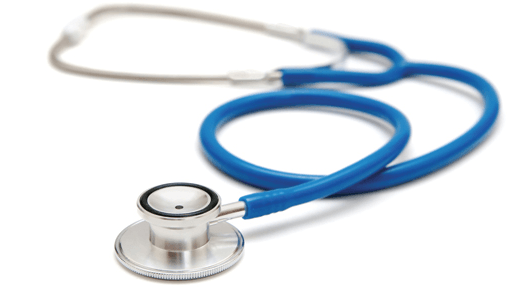Anaemia in pregnancy remains a challenge – GHS
 Dr. Anthony Nsiah-Asare, the Director-General of the Ghana Health Service (GHS) Thursday said anaemia in pregnancy remains a major challenge impeding the Service’s effort in reducing maternal mortality in the country.
Dr. Anthony Nsiah-Asare, the Director-General of the Ghana Health Service (GHS) Thursday said anaemia in pregnancy remains a major challenge impeding the Service’s effort in reducing maternal mortality in the country.
He said the 2014 Ghana Demographic Health Survey (GDHS) showed that the prevalence of anaemia among women of child-bearing age (15-49 years) stood at 42 per cent.
The rates were highest among the adolescents age group (15-19 years) at 48 per cent and 45 per cent among pregnant women.
Dr Nsiah-Asare made this known at the national launch of Girls Iron and Folic Acid Tablets Supplementation (GIFTS) Programme on Wednesday in Sunyani.
The key objective of the programme is to contribute to the reduction of anaemia among in-school and out- of school adolescent girls through weekly Iron Folic Acid Supplementation.
The first phase of the programme in four regions would serve about 360,000 in-school children and close to 600,000 out-of school children to improve the quality of nutrition for girls and women to reduce the prevailing anaemia rate in the country.
The programme initiated by the GHS and the Ghana Education Service (GES) with support from the United Nations Children’s Fund (UNICEF) is being implemented in the Brong-Ahafo, Volta, Northern and Upper East Regions.
He stated that anaemia affected seven out of ten children below five years and four out of 10 women of child-bearing age and added that the high prevalence of anaemia in young children seemed to persist even as they grew older into adolescence.
Dr. Nsiah-Asare said the programme was expected to revamp the existing iron and folic acid supplementation programme that targeted pregnant women but the target was not being achieved because of misconceptions and other operational reasons.
He expressed worry that Ghana was now battling with “the triple burden of malnutrition” – high prevalence of under-nutrition, micro-nutrient deficiencies of various forms and an alarming increase in the trends of overweight and obesity particularly in urban areas.
Dr Nsiah-Asare stressed the need to address it (anaemia) to curtail the far-reaching irreversible adverse effect on physical and cognitive effects on the population and urged the general public to take oranges regularly and other fruits rich in Vitamin C that helped the body to use the iron for making blood.
Mrs. Margaret Gwada, a representative from UNICEF said about one million out of two million adolescent girls aged 15-19 years according to the 2014 GDHS were anaemic in Ghana.
She said the World Health Assembly in 2012 set the target of reducing anaemia prevalence among women of child-bearing age by 50 per cent in 2025 in all member countries.
Mrs. Gwada said for Ghana to achieve that target implied reducing the prevalence rate from 42 per cent to 21 per cent by 2025 and emphasised the need for a strategic shift in policy and public interventions to address the dilemma.
She advised that the programme must be used to raise public awareness on the effects of anaemia and also urged the general public to ensure that babies ate diets rich in iron, vitamins and minerals to prevent the occurrence of the disease among them.
Mrs. Gwada entreated women of child-bearing age and pregnant women to take iron and folate supplements accordingly to reduce the challenge.
Source: GNA
